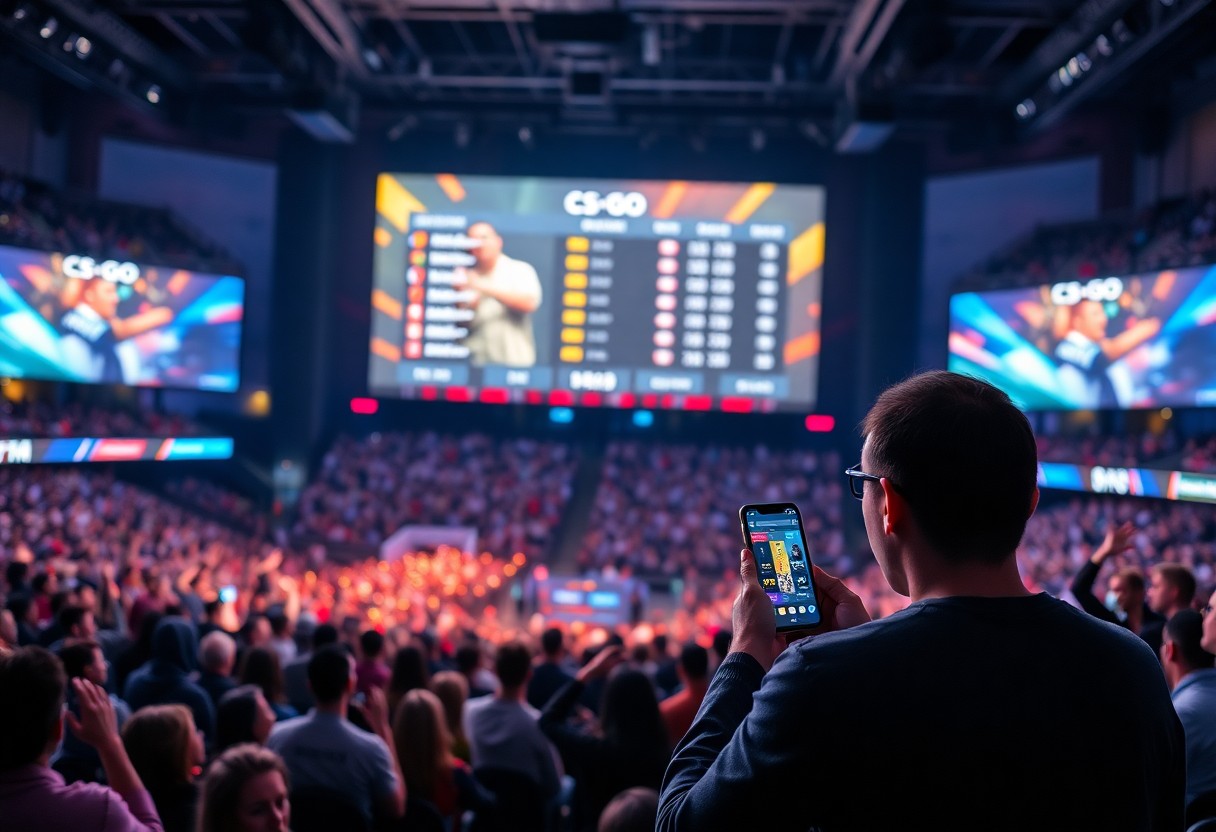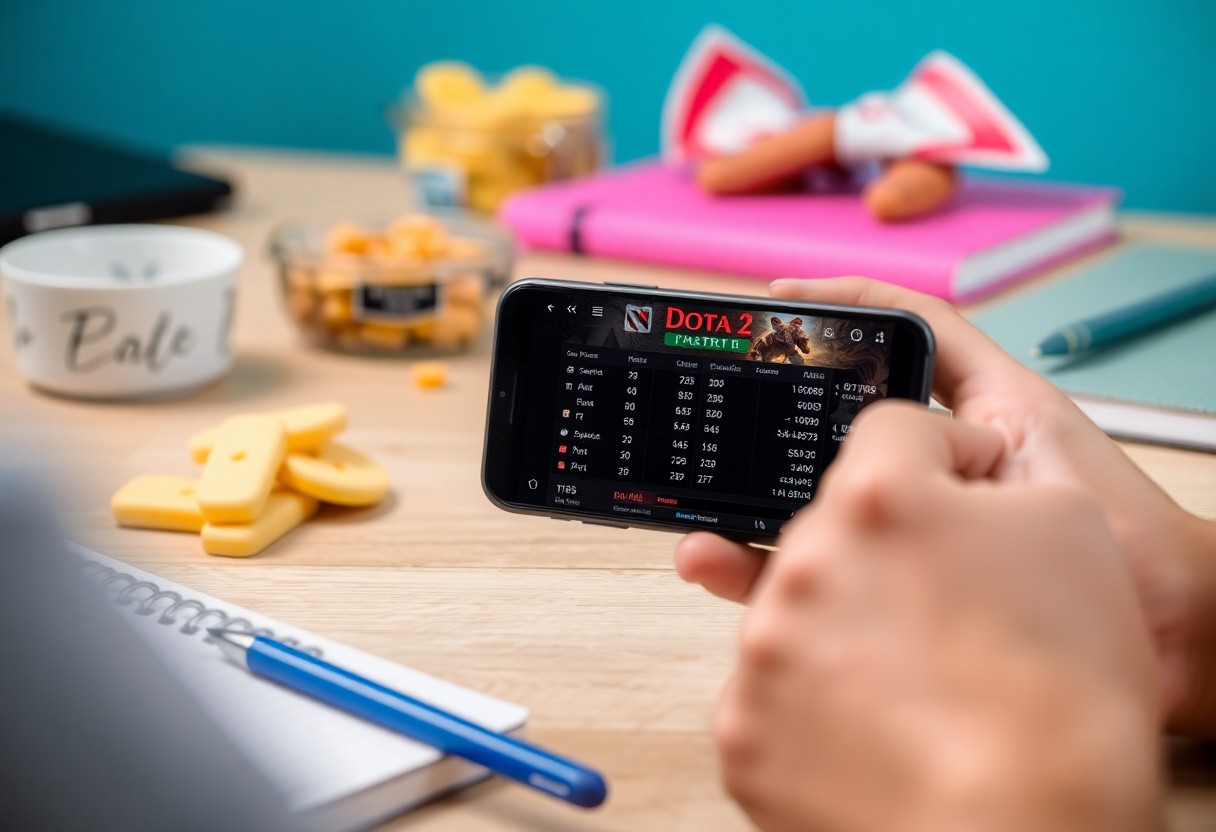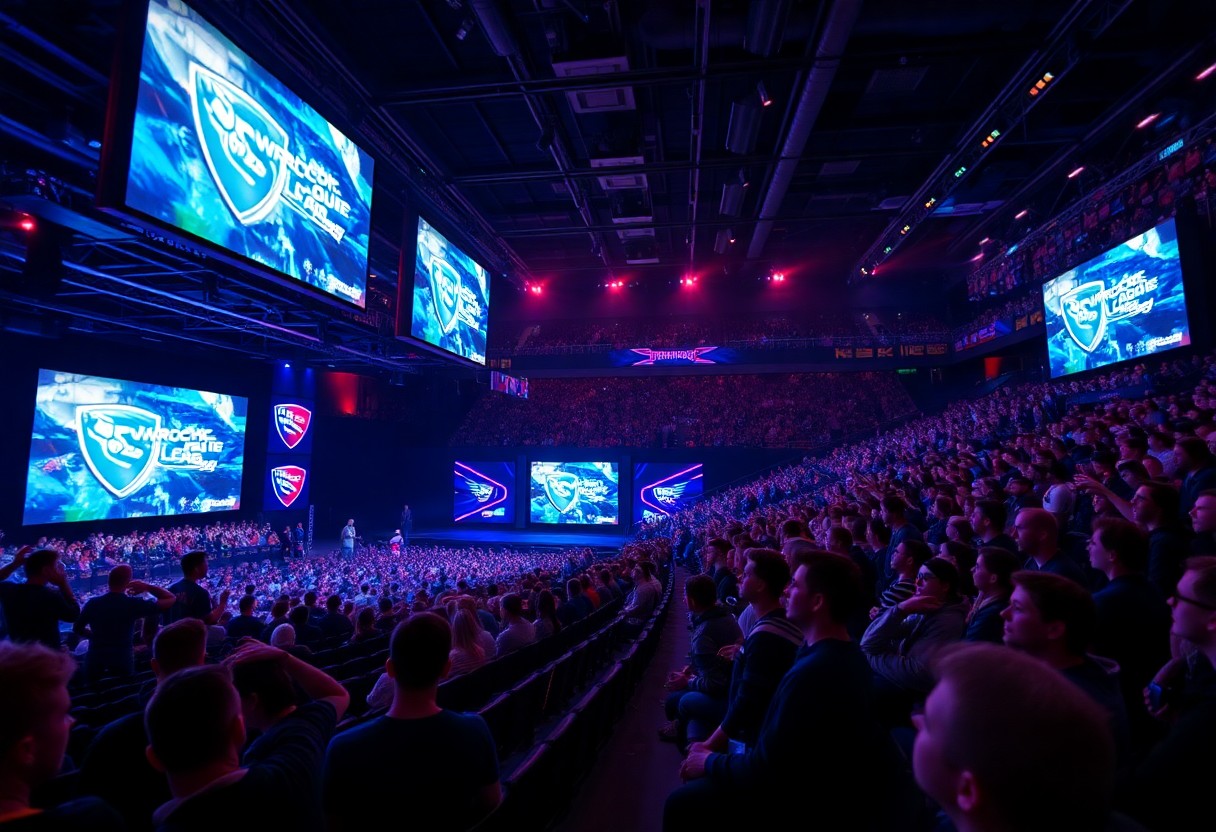Just as the sun sets on a successful gaming season, Rocket League continues to see a surge in its player base, drawing both new enthusiasts and returning fans. Developed by Psyonix, this unique vehicular soccer game has captivated players since its release in 2015, and the momentum seems to be increasing. The blend of fast-paced action, strategic gameplay, and the pleasure of customization has ensured that Rocket League remains relevant in the gaming landscape. Yet, while player numbers are on the rise, a more complex picture emerges when we examine the state of its viewership.
The popularity of Rocket League has undoubtedly been bolstered by numerous factors, including regular updates, thrilling seasonal events, and a thriving esports scene. The recent crossover with popular franchises, such as Fortnite and various motorsports entities, has expanded its appeal and brought in new players. Compelling game mechanics and a free-to-play model make it accessible to a wider audience. Reports suggest that the active player count reached over 70 million in 2022, a landmark achievement that showcases the game’s captivating nature.
However, as the player base surges, the same cannot be said for viewership numbers. Analyzing platforms like Twitch and YouTube reveals a fluctuating trend in how many people are tuning into Rocket League streams or esports tournaments. While initial tournaments enjoyed a viewership boom, particularly during major events like the Rocket League Championship Series (RLCS), the sustained long-term viewership appears to be decreasing. This dip could be attributed to various factors, including the saturation of similar esports, changing viewer preferences, and an oversaturation of content.
Despite these challenges, Rocket League esports has made strides in refining its competitive scene. Tournament organizers have enhanced their production quality, introduced captivating narratives, and forged partnerships with mainstream sponsors, which all contribute to a more engaging viewer experience. Yet retaining a steady audience remains a challenge. To maintain interest, event organizers have explored innovative formats and improved accessibility for casual viewers, enhancing the overall enjoyment of watching competitive play.
Furthermore, the rise of social media platforms and content creation allows fans to engage with Rocket League in various ways, from highlight reels on TikTok to in-depth analysis on YouTube. Gamers’ engagement with platforms outside traditional streaming is increasing, suggesting that while immediate viewership may appear stagnant, the game continues to foster a vibrant community through player-generated content. This means the excitement around Rocket League might just be shifting rather than fading.
Ultimately, Rocket League stands at a crossroads. While the growing player base presents opportunities, equating these numbers with escalating viewership is complex. The community’s vitality will largely depend on how effectively the game adapts to changes in viewer interests and preferences while promoting its competitive landscape. For now, both player engagement and viewership trends will be critical indicators of Rocket League’s future in the dynamic universe of esports and gaming.






